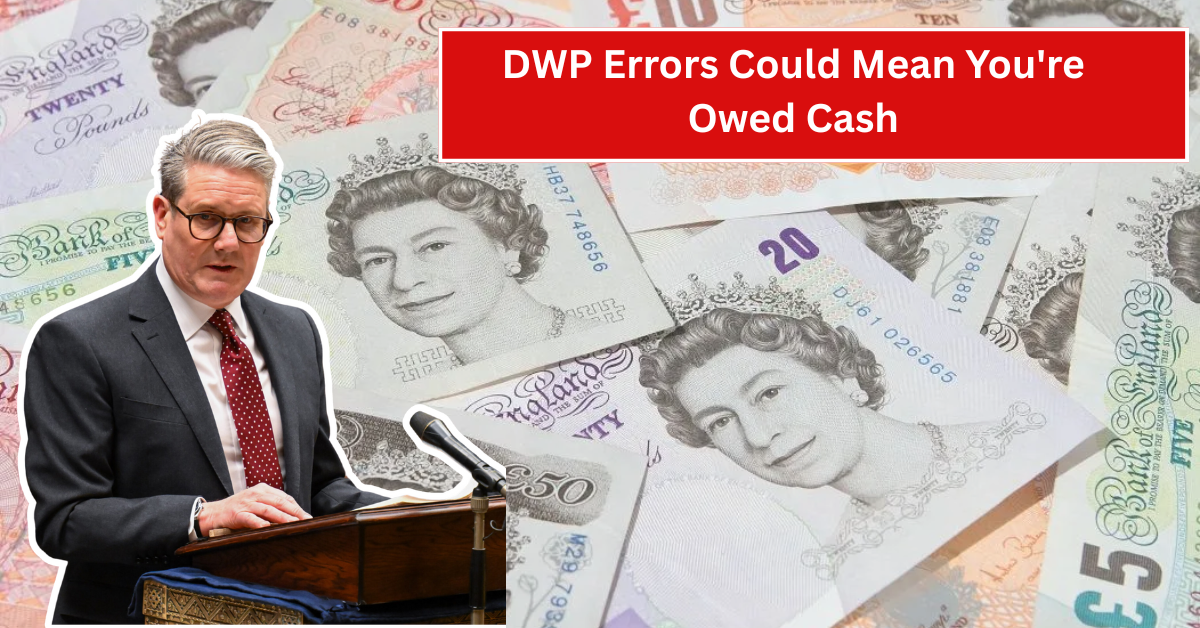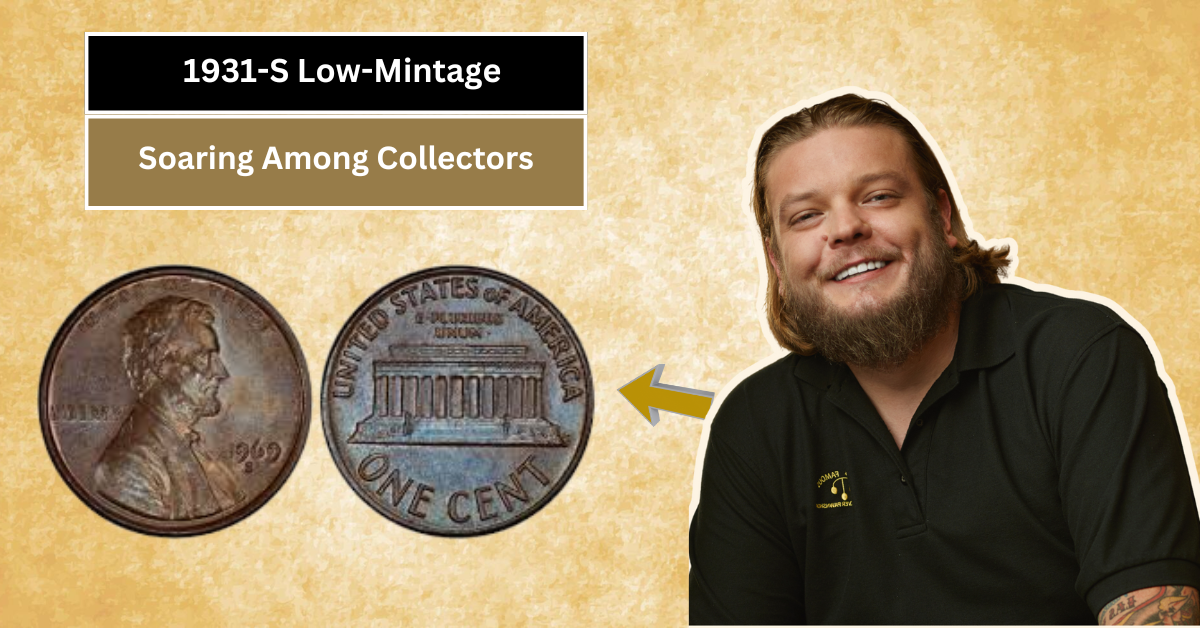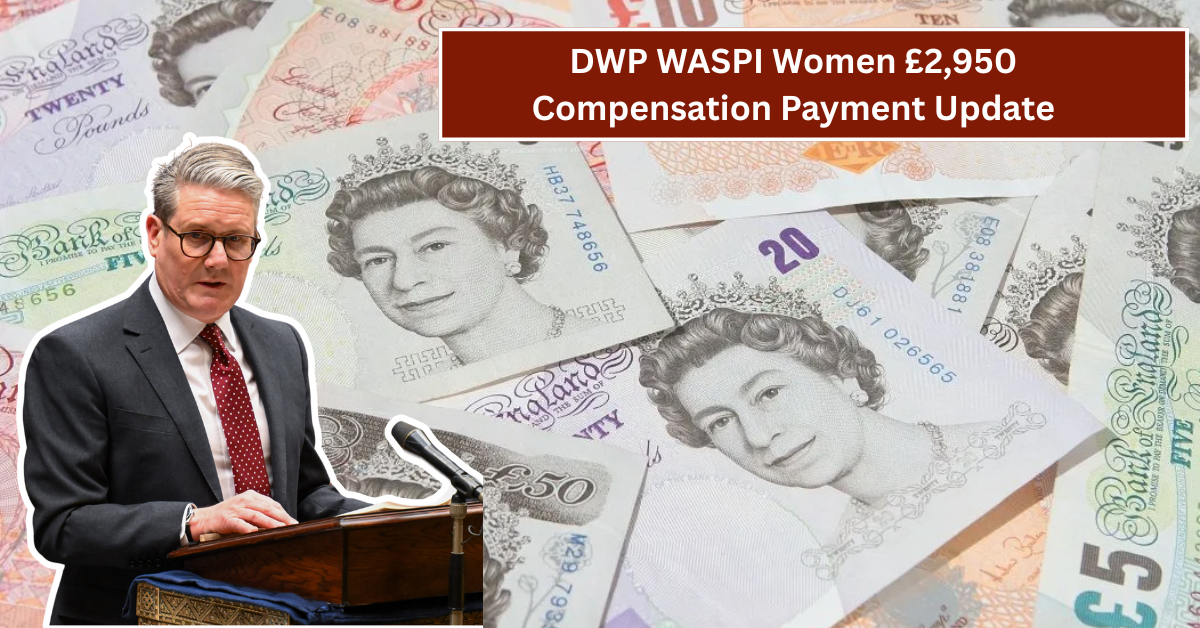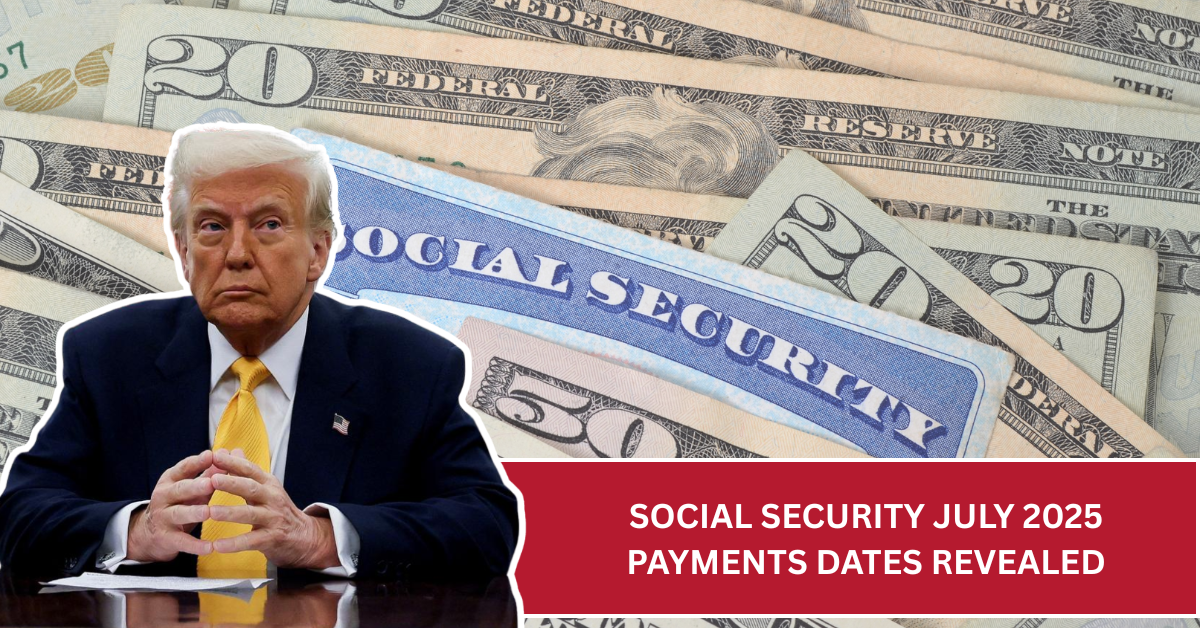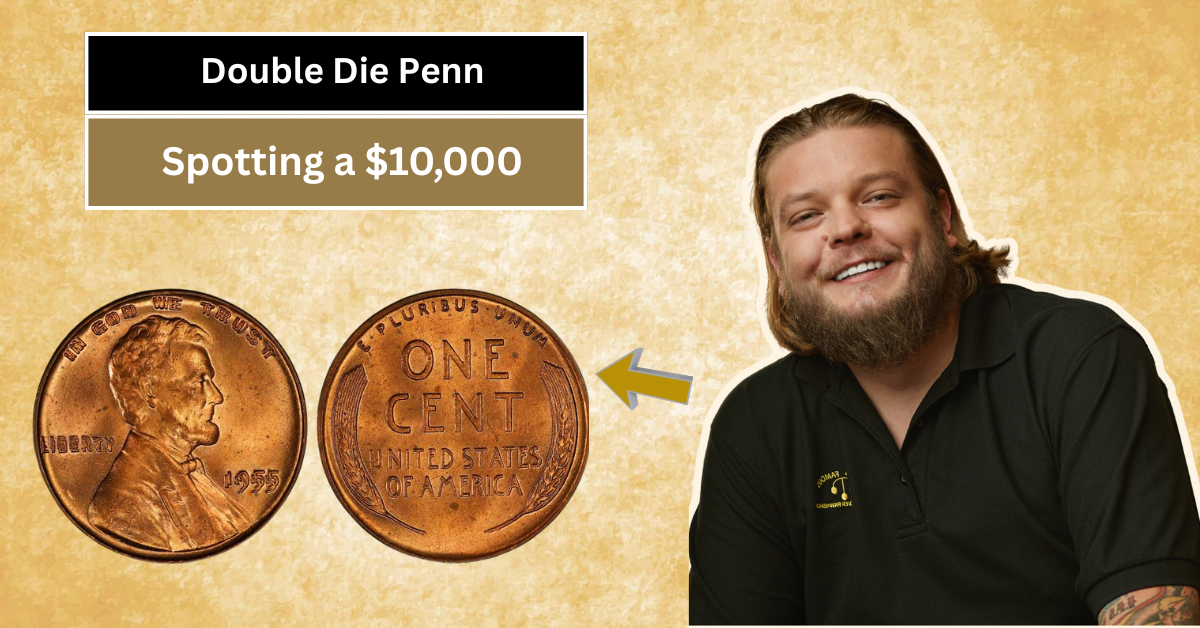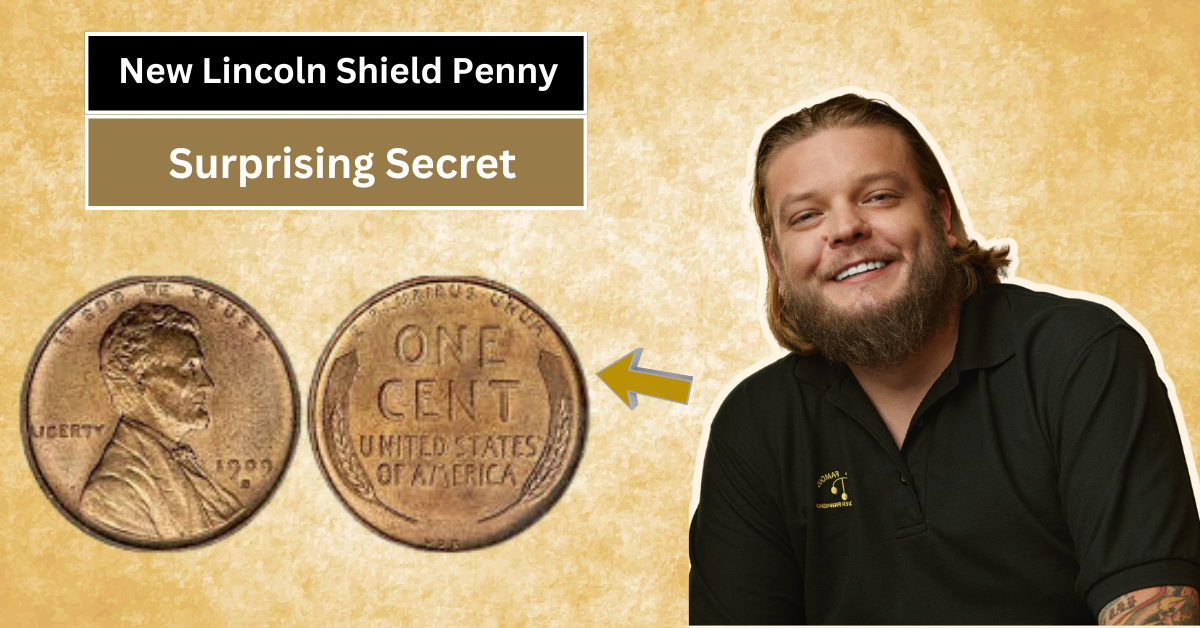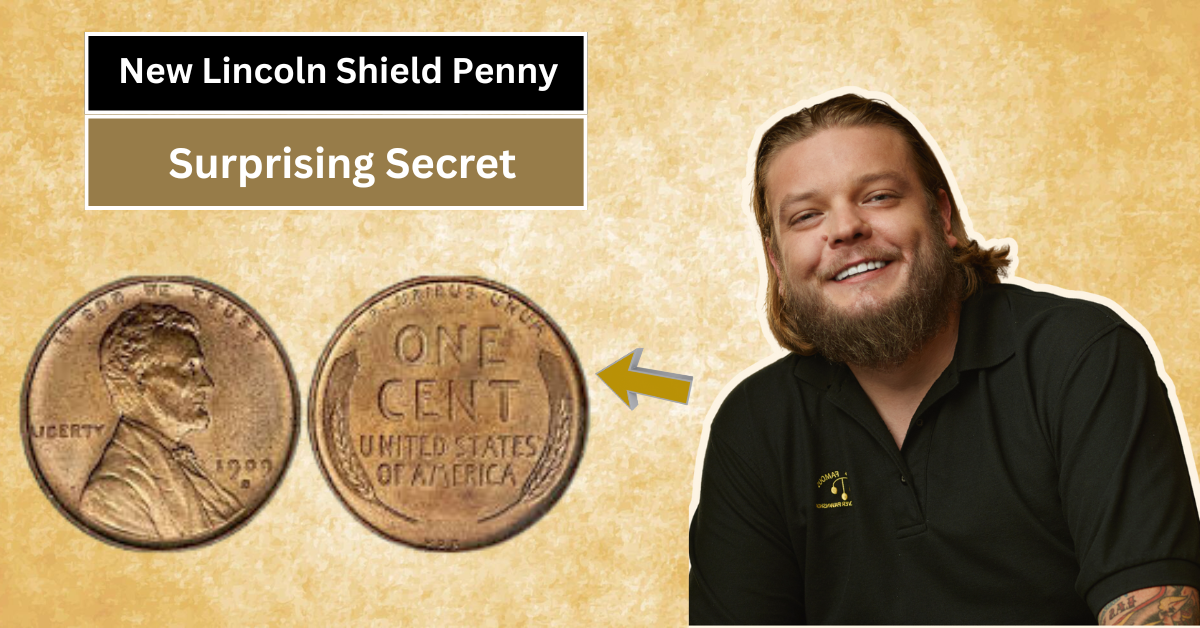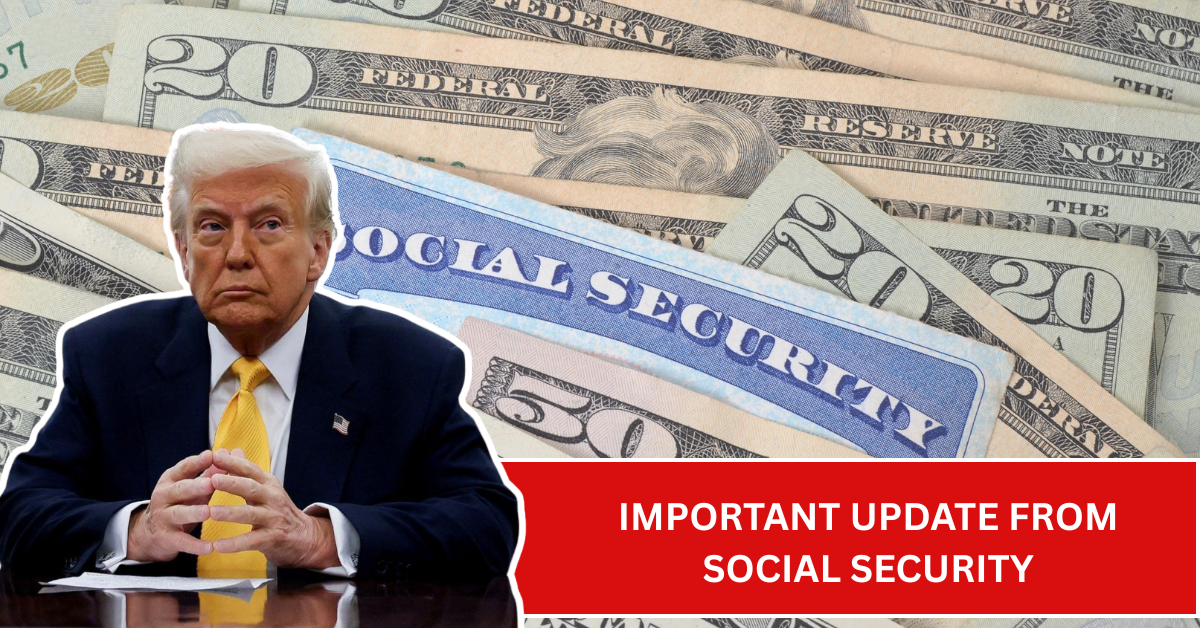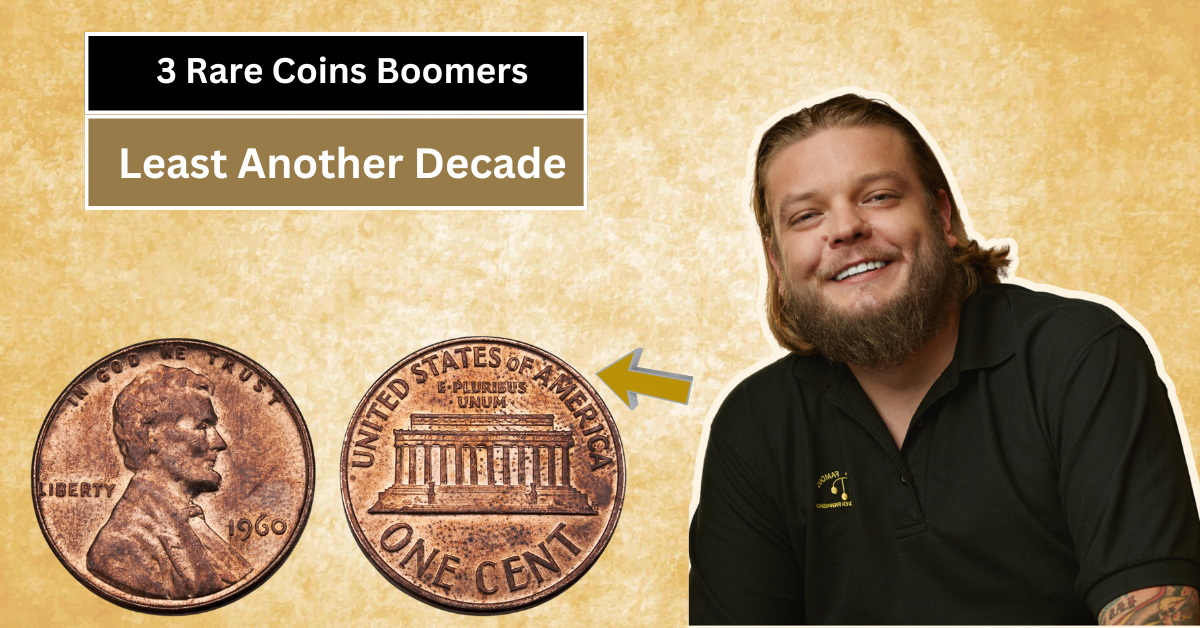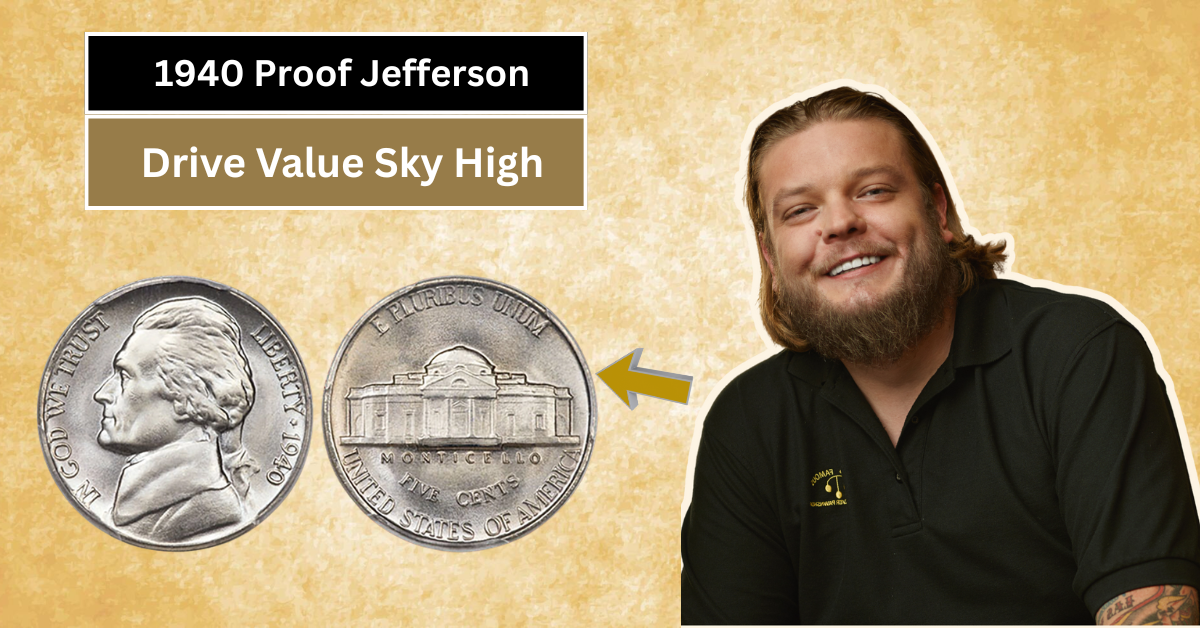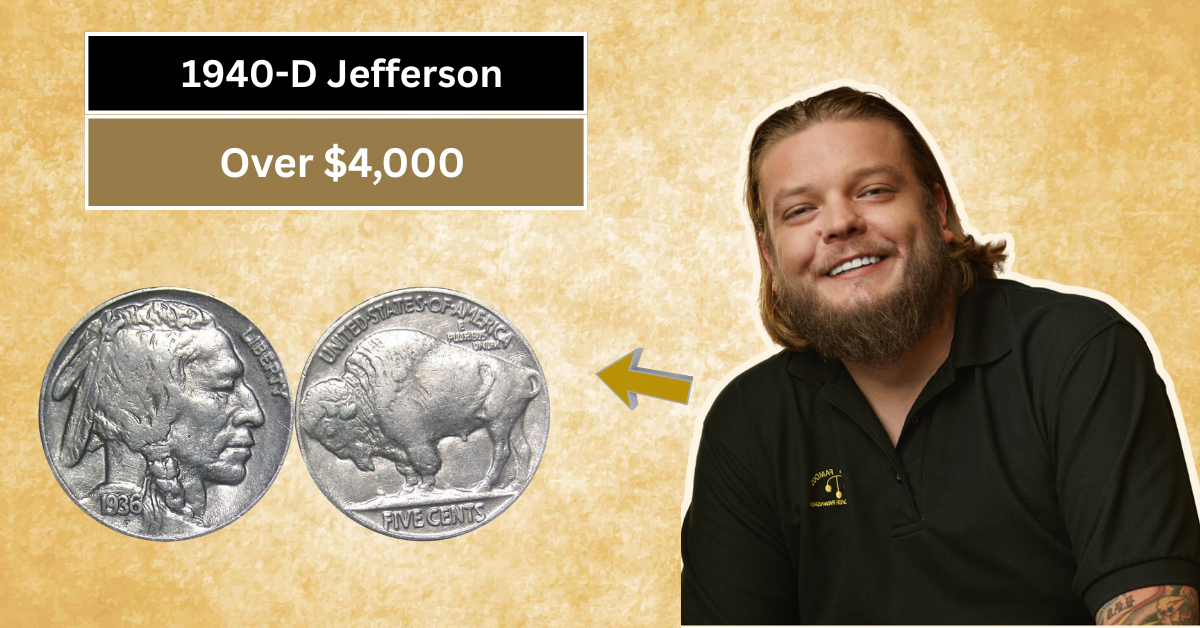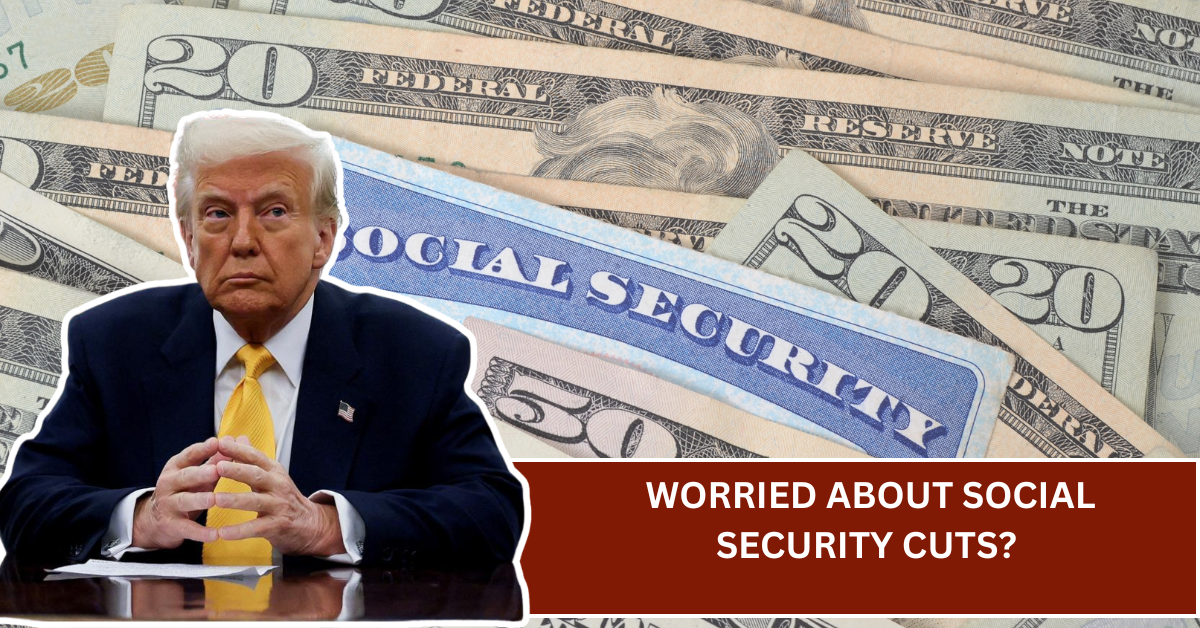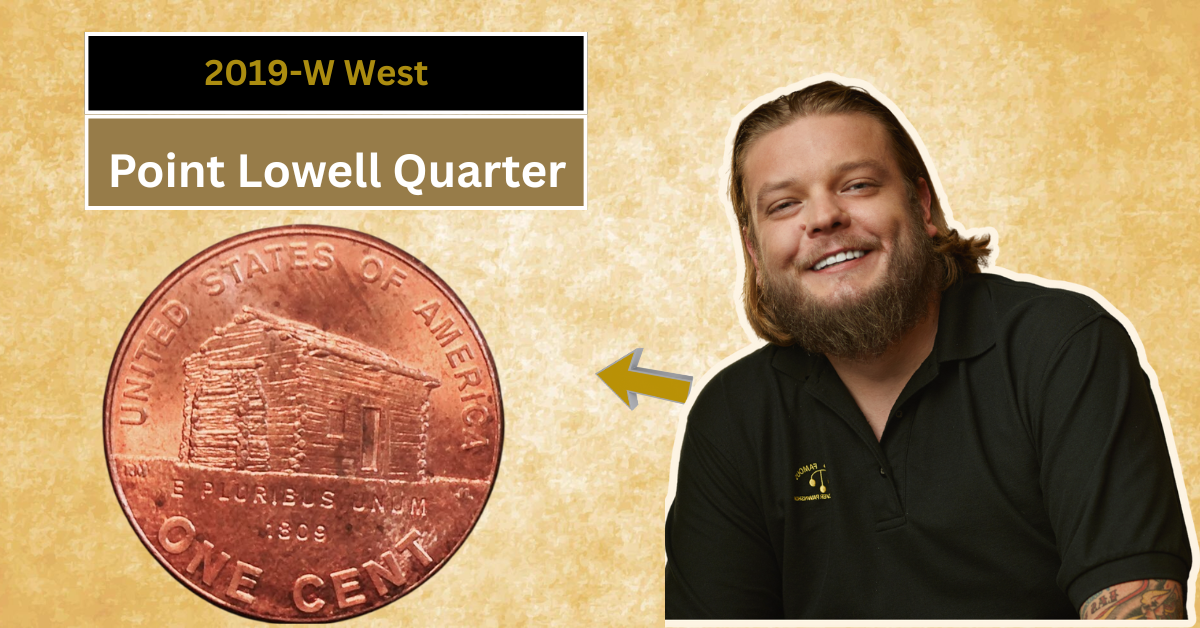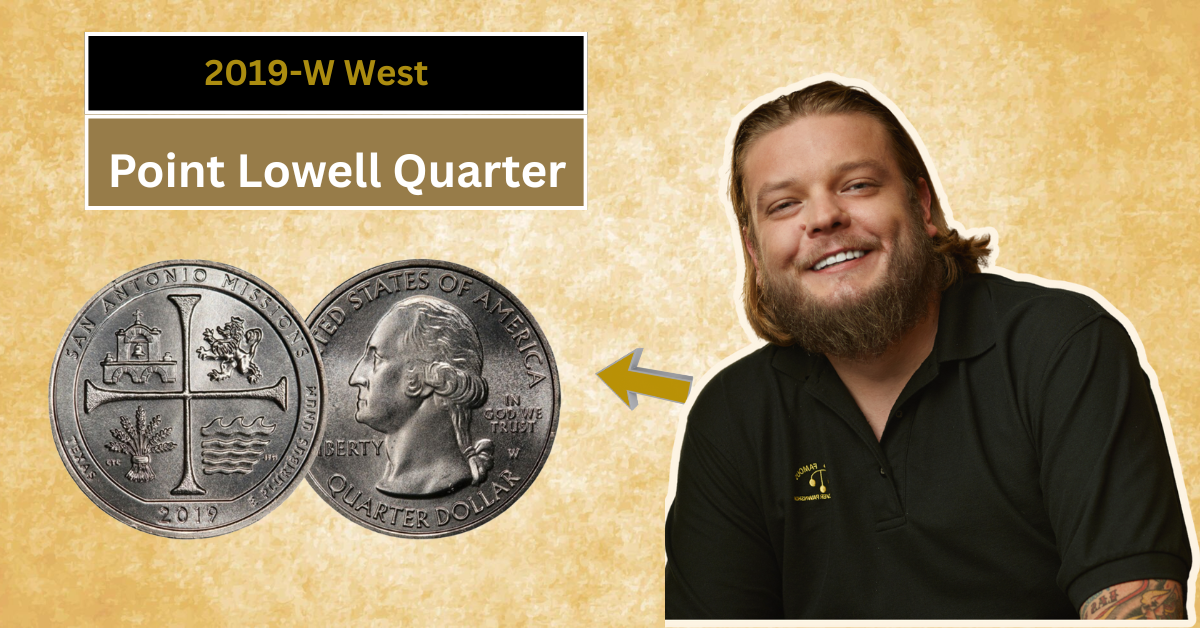Have you ever picked up a penny and noticed a small letter stamped on it? That tiny mark might seem unimportant at first, but for coin collectors and curious individuals, it can hold real value. In fact, some pennies with specific letters can be worth much more than their face value. If you’re interested in collecting coins or just want to know if your spare change hides a secret treasure, this article is for you.
Many people don’t realize that small details like a mint mark — usually a tiny letter on the penny — can turn an ordinary coin into something special. Whether you find pennies with a ‘D’, ‘S’, or no letter at all, each mark tells a story about where and when the coin was made. This knowledge can help you identify valuable coins that may even bring you a big surprise if you decide to sell them.
What Is That Tiny Letter on Your Penny?
This Article Includes
- 1 What Is That Tiny Letter on Your Penny?
- 2 Why Do Mint Marks Affect Penny Value?
- 3 Famous Valuable Pennies and Their Mint Marks
- 4 How to Check the Mint Mark on Your Pennies
- 5 Are Indian Coins Similar in Collectible Value?
- 6 Tips for Handling and Selling Valuable Pennies
- 7 Conclusion: Your Penny Could Be More Than Just Money
The small letter you see on a penny is called a mint mark. It tells you which U.S. Mint facility produced the coin. The most common mint marks on pennies are ‘P’, ‘D’, and ‘S’. For example, ‘D’ stands for the Denver Mint, ‘S’ for the San Francisco Mint, and ‘P’ for the Philadelphia Mint. Knowing these marks helps collectors know where the penny was made and often determines how rare or valuable the coin might be.
Sometimes pennies don’t have any letter at all. This usually means they were minted in Philadelphia before the mint started using the ‘P’ mark regularly. These older coins can be rare and valuable if they are in good condition. So, paying attention to that tiny letter or its absence can make a big difference.
Why Do Mint Marks Affect Penny Value?
Pennies with certain mint marks can be worth much more than their face value because of their rarity or historical importance. For example, coins from the San Francisco Mint (‘S’) often include special collector editions. Coins from the Denver Mint (‘D’) can sometimes be valuable if they come from a year with low production.
Collectors look for coins that were produced in limited numbers or during special circumstances. A penny with a specific mint mark from a rare year might be one of only a few thousand in existence. This scarcity makes the coin desirable and valuable for collectors worldwide. So, even though it’s just a small letter, it can point to a huge windfall for someone who knows what to look for.
Famous Valuable Pennies and Their Mint Marks
One famous penny is the 1943 copper penny. Almost all 1943 pennies were made with steel because copper was needed for World War II. But a few copper pennies from that year slipped through the cracks. These rare mistakes, especially with certain mint marks, are now worth thousands of dollars.
Another example is the 1955 doubled die penny. These coins show a noticeable doubling of the numbers and letters on the coin’s face. If you find one with a clear mint mark and this double image, it might be worth a lot to collectors. The tiny mint mark helps confirm its origin and authenticity.
How to Check the Mint Mark on Your Pennies
Checking the mint mark on a penny is easy and doesn’t require special tools. Usually, the mint mark appears just below the date on the front of the penny. Using a magnifying glass or even the camera on your smartphone can help you see the small letter clearly.
Once you identify the letter, you can research the coin’s year and mint mark combination online. Websites, online forums, and coin collector groups can help you find out if your penny is valuable. Remember, the condition of the coin — how clean and unworn it looks — also affects its worth.
Are Indian Coins Similar in Collectible Value?
While this article focuses on U.S. pennies, the idea of small marks indicating special coin value applies worldwide, including India. Indian coins sometimes have small marks or symbols that show where they were made or if they belong to a special set. Collectors in India also look for rare coins that can be valuable depending on their year, mint, and condition.
Exploring the history of your own country’s coins can be a fun way to learn about numismatics — the study of coins. So, next time you get loose change, take a closer look. You never know if a tiny letter could be the key to a treasure!
Tips for Handling and Selling Valuable Pennies
If you find a penny with a rare mint mark that might be valuable, handle it carefully. Avoid cleaning it aggressively because cleaning can lower its value. Instead, keep it safe in a plastic sleeve or coin holder to protect it from damage.
When you’re ready to sell, it’s best to get your penny appraised by a professional coin dealer or a trusted collector. They can give you an accurate idea of the coin’s value and help you find a buyer. Remember, the market for collectible coins changes, so staying informed can help you get the best price.
Conclusion: Your Penny Could Be More Than Just Money
Your pennies might seem like everyday coins, but that tiny letter stamped on them can reveal a lot about their history and value. Knowing how to spot these mint marks and understanding their importance can turn a simple coin into a surprising windfall. So, next time you find a penny on the street or in your wallet, take a closer look — it might be worth more than you think.
By learning about mint marks and rare pennies, you can start your own coin collection or simply appreciate the stories behind the coins you use every day. Keep exploring, and who knows? That small letter on your penny could be your gateway to a big discovery!

